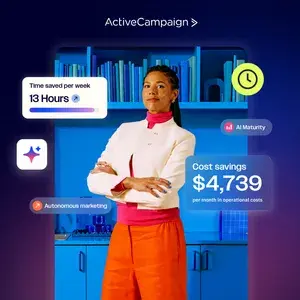
Most stories about digital transformation during
the pandemic focus on private enterprise. McKinsey
notes that business adoption of digital accelerated
the equivalent of five years in just a few weeks.
However, arguably the more impressive work has
come from the public sector in the battle to contain
a combined global healthcare and financial crisis. In
the UK, government departments delivered 69 new
digital services by the end of May 2020, with scores
more in the pipeline - all while many civil servants
were working from home.
This increased pace of digital delivery is likely to
prove permanent. But as citizens' expectations
continue to rise and more users flood online,
stretched government IT teams will need to
focus their efforts on observability into cloudnative environments to ensure users don't have a
disappointing digital experience. It's an essential
foundation for service optimisation, enhanced IT
performance and improved customer outcomes. But
our experience tells us there's some way still to go
applications, and scaling up of existing ones, was
impressive. They range from the HMRC's flagship
Coronavirus Job Retention Scheme (CJRS) to the
DWP's Universal Credit and Jobseeker's Allowance
services. The CJRS was designed, built and launched
in under five weeks and garnered customer
satisfaction scores of over 90 per cent, according to
HMRC. An NHS app saw an increase in registrations
of 111 per cent from February to March 2020.
The bottom line is that once citizens are turned
on to new digital ways of interacting with
government, few will want to go back to the prepandemic norm. This is both good and bad news
for public sector IT bosses. Good because it offers a
tremendous opportunity to deliver public services
more efficiently and cost effectively, but bad in
that customer expectations are already sky-high.
Continued innovation and transformation are the
only way forward.




